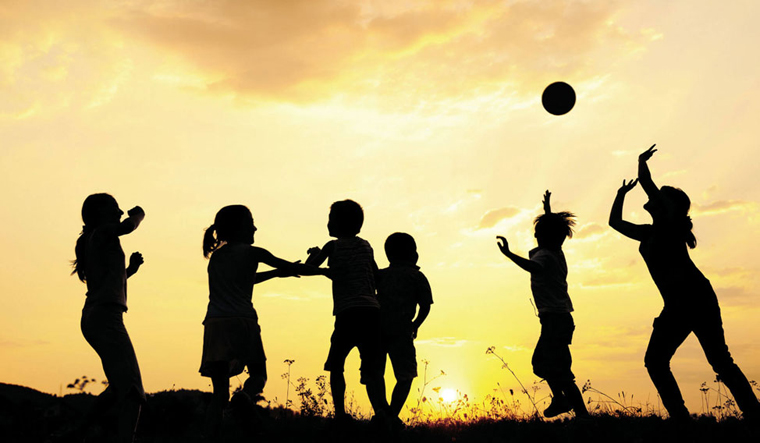Children are spending more time in front of the screens and less time outdoors, even in rural areas, according to a study of middle-school students in the US.
Researchers at North Carolina State University and Clemson University in the US found that gaps between screen time and outdoor time were most pronounced for girls, African American students, and eighth graders.
"Middle school can be a turning point for many activities because priorities shift and young people's lives become more and more structured. This often results in fewer opportunities for outdoor recreation," said Lincoln Larson, an assistant professor at North Carolina State University.
"This is a problem because connection to nature plays a positive role in young people's physical health and psychological development," Larson said.
"We want to understand how recreation choices might influence youth at this formative time," said Edmond Bowers, an associate professor at Clemson University.
Research on the impact of electronic media such as smartphones on youth development is just emerging, and the findings for well-being are mixed, according to the study published in the journal Environment and Behavior.
A more holistic examination of youth activities could shed light on the benefits and costs of recreational choices, Bowers said.
Researchers asked about 550 rural students to report the amount of time they spend in nature (outdoor time) and the amount of time they spend using electronic media (screen time) over an average week.
They found that screen time eclipsed outdoor time for most students, and that these gaps increased significantly in older youth.
"We understand that technology is an integral part of life for middle-school students, so this isn't an attempt to scapegoat screen time. But it's clear that we need to find ways to balance outdoor activities and electronic media," Larson said.
Concerns about safety, particularly among girls and their parents, may influence students' time in nature as well, he added.
"Issues related to safety and access create barriers to outdoor recreation for diverse urban youth but this study shows that time in nature may be slipping even among rural students," Larson said.


